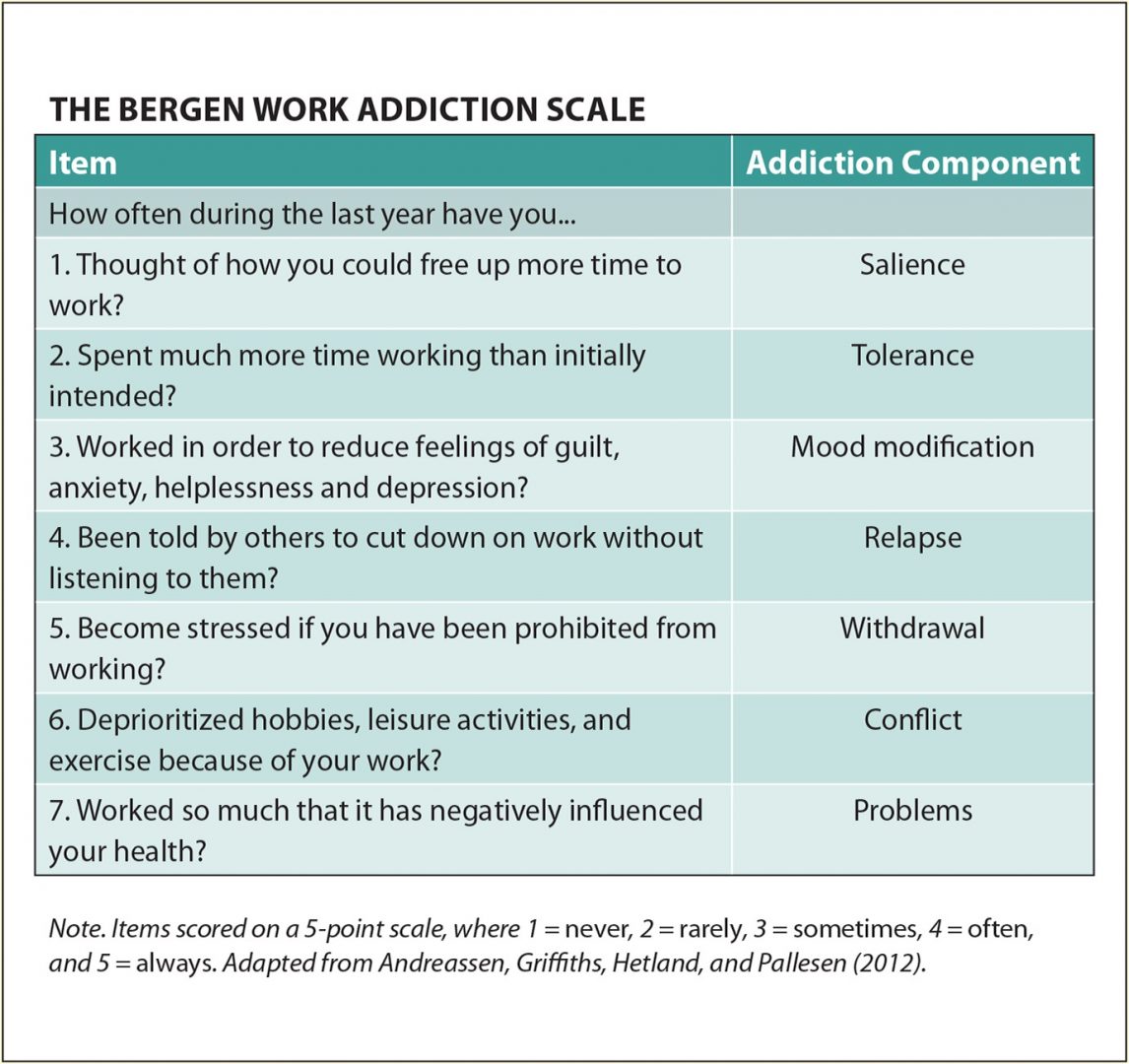In-Depth: How To Recognise Work Addiction In The Workplace
8 Sept 2022, 3:04 am GMT+1
The growth of technology combined with the idea that we need to work harder to achieve more is a popular concept in the modern workplace. While there’s no denying the benefits and triumphs that come from committed bursts of hard work, unwavering dedication can tip the balance, turning a hard-worker into a workaholic. Last month, a new study by
had highlighted UK workers work the longest hours in the EU with full time employees working up to an average of 42 hours a week. Research by
shows the average CEO works 62.5 hours a week - around 21.3 hours above the global baseline of 41.2 hours. In the UK, 54% of employees check work emails on holiday and 6% admit to even checking them at a funeral. With smartphones, computers and apps at our fingertips, we’re able to maintain a constant connection to our work. In theory, these tools should make our workdays shorter and more efficient, but
constant distractions and the inability to disconnect can lead to longer work hours
and less to show for it. According to the
, replying ‘often’ or ‘always’ to at least four of the following seven criteria may indicate a work addiction:
- You think of how you can free up more time to work.
- You spend much more time working than initially intended.
- You work in order to reduce feelings of guilt, anxiety, helplessness and depression.
- You have been told by others to cut down on work without listening to them.
- You become stressed if you are prohibited from working.
- You deprioritise hobbies, leisure activities, and exercise because of your work.
- You work so much that it has negatively influenced your health.
As technology makes it increasingly easy to push beyond the 9-5, Lucinda Pullinger, Global Head of HR at
explores how employees and business owners alike can recognise the difference between committed working habits and work addiction:
Impact on Employees:
Studies from
show a sharp rise in presenteeism over the last few years from just 26% in 2010 to 86% in 2017, while another report shows a cost of £81 billion each year in the UK. Work-obsessed CEO’s run the risk of creating a company culture in which presenteeism reigns. As opposed to being absent from work, presenteeism leads to employees having lower productivity while at work. They’re also likely to feel judged according to how many hours they sit at their desks rather than the quality of their output. This can lead to burnout, unhappiness and increased health issues, which end up impacting both company and employee negatively in the long run.

Impact on Business Growth:
CEO’s who work too hard may have trouble delegating effectively or even end up micromanaging teams, which can lead to a bottleneck in the company. It also sends the message to employees that they’re not trusted or talented enough to meet expectations, which can cause tension and unhappiness.
In a
of 27 CEO’s over three months, time management proved the greatest challenge for most, while email usage was the top interrupter of the day. Leaders in the same study spent 72% of their time in work meetings, with the average meeting length being one hour. One of the biggest time wasters for employees is distraction at work. Around 60% of employees say meetings are a big distraction that impact productivity according to Udemy, ultimately leading to longer hours spent working.

Regain the Balance
While the dedication to put in extra hours is a valuable trait, it’s important to manage a healthy balance in the long-term. One of the major differences between a hard worker and a workaholic is the problems that are caused as a result. Poor health, guilt when not working and increased stress levels are often consequences of work addiction. Here are a few ways to combat it:
Trust your team:
For a team to grow successfully, it’s important to attract and retain talented employees, delegate effectively, and trust them to perform tasks without you. This will free up time for you to focus on strategy and growth.
Reduce distraction:
Shorten meetings, set dedicated working times where people can focus and create a culture of face to face interaction rather than using email. Around 40% of employees believe work distraction could also be drastically reduced with flexible and remote working options, according to a report by Udemy.
Encourage work-life balance:
Instill a 40-hour work week for everyone, CEO’s included, with an emphasis on results rather than hours spent at a desk.
Try a digital detox:
Limit time spent online by consciously logging off of your work email and putting your phone away during weekends and on holiday. Set the tone in your organisation by normalising the fact that employees don’t have to adopt an always-on attitude. There are several apps that can assist by locking your devices for a period of time.
Allow mornings to set the precedent for the rest of the day:
Whether taking time out to exercise, read, meditate or plan for the day, prioritise setting the tone for the hours to come every morning. When planning out your day, stick to a realistic to do list of no more than five items at a time.
Share this
previous
The Video Games Market, Bolstered By Mobile Gaming, To Become A $300bn Industry By 2025
next
Entrepreneurship: Making An Impact Through Social Value